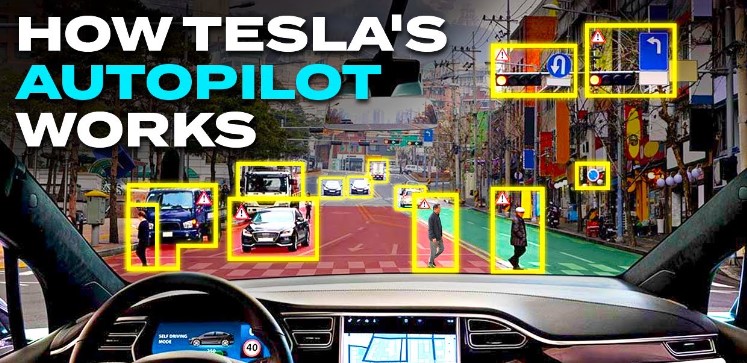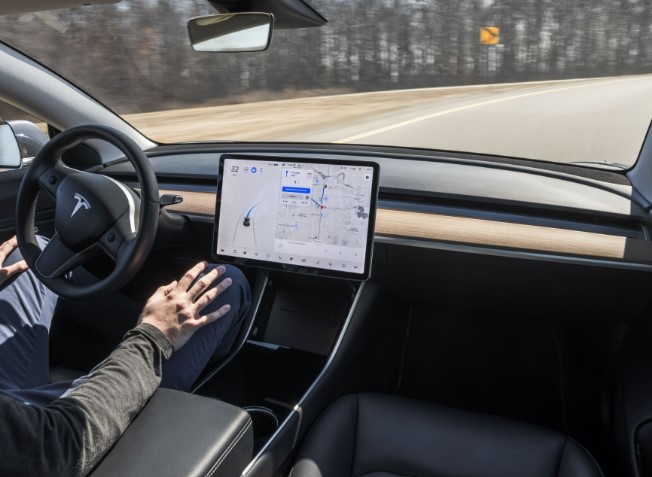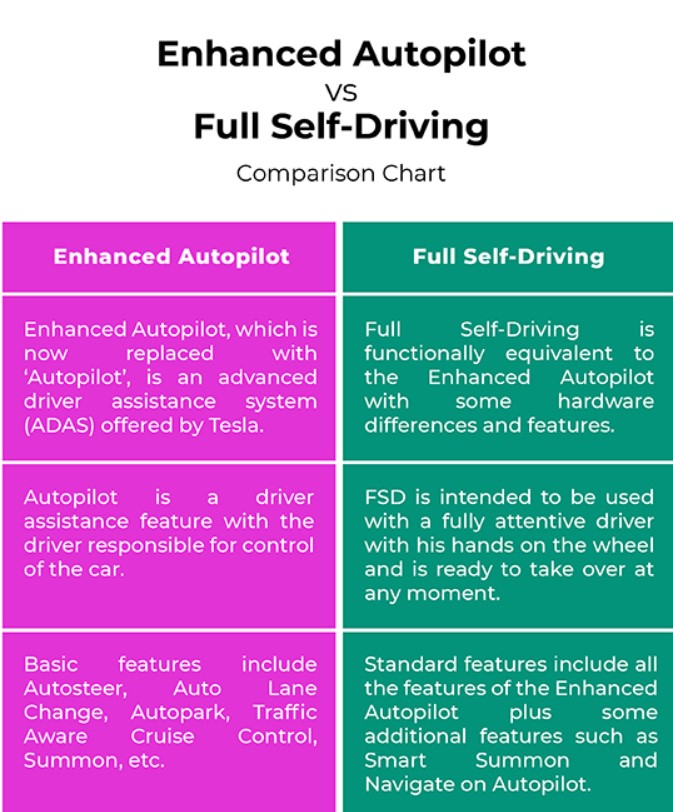In today’s fast-paced world of technological advancements, Tesla Autopilot stands out as a game-changer. Imagine cruising down the highway, hands-free, while your car intelligently navigates and adjusts to the traffic around it. That’s the power of Tesla’s Autopilot. This feature doesn’t just signify a leap in car technology but embodies the vision of a safer and more efficient future for road transport. However, like all powerful tools, it requires understanding and responsible use. This article delves deep into the nuts and bolts of this impressive system.
How Tesla Autopilot Works

Elon Musk’s Tesla has revolutionized the electric car industry, and Autopilot technology is a significant part of that revolution. But how does it manage to make driving seem so seamless?
- The Sensory System: At the heart of the Autopilot system lies an intricate network of cameras, radar, and ultrasonic sensors. These tools give the car a 360-degree view, allowing it to “see” its surroundings in real-time. For instance, if a cyclist suddenly veers into the car’s path, these sensors will detect the movement and relay it to the car’s computer system.
- The Onboard Computer: Once the data is captured, it is processed by the onboard computer. This isn’t just any computer; it’s equipped with advanced machine learning algorithms. In essence, it can “learn” from the vast amounts of data it processes. This enables the car to make informed decisions, from simple tasks like staying within lanes to more complex ones like navigating a busy highway.
- Features & Capabilities:
- Lane Centering: Gone are the days when drivers had to constantly adjust the steering to stay centered in a lane. Autopilot’s lane centering feature ensures the car remains in the middle of the lane, whether it’s a straight road or a curvy one.
- Adaptive Cruise Control: Traditional cruise control systems maintain a set speed. Tesla’s adaptive cruise control goes a step further. It not only maintains the car’s speed but adjusts it based on the speed of the vehicle in front. So, if the car ahead slows down, your Tesla will too, ensuring a safe distance is maintained.
- Automatic Lane Changes: Lane changes can be nerve-wracking, especially on busy roads. With Autopilot’s automatic lane change feature, the car can safely switch lanes after the driver activates the turn signal.
- Navigate on Autopilot: Planning a long trip? Autopilot has got you covered. With Navigate on Autopilot, input your destination, and the system will guide your car there. This feature goes beyond simple navigation, as it includes taking exits, interchanges, and even suggesting lane changes.
Tesla Autopilot Features
Tesla offers its Autopilot in two distinct versions, catering to different user needs.

- Enhanced Autopilot: Think of this as Autopilot’s advanced version. It includes all the standard features and a few extras:
- Automatic Lane Changes: As mentioned above, this feature allows the car to switch lanes seamlessly.
- Navigate on Autopilot: A step up from regular GPS navigation, this is an advanced system designed for longer journeys.
- Autopark: Parking in tight spots can be tricky. With Autopark, your Tesla can parallel or perpendicular park itself.
- Summon: Imagine your car coming to pick you up from the entrance of a mall or your home’s front door. That’s what Summon does. It allows your car to drive itself short distances, without anyone in the car.
- Full Self-Driving Capability: Currently in beta, this offers a peek into the future of driving. It extends the capabilities of the Enhanced Autopilot with:
- Traffic Light and Stop Sign Control: The car can recognize and respond to traffic lights and stop signs, adjusting its speed or stopping as necessary.
- Autosteer on City Streets: Beyond the highway, this feature lets the car navigate through city streets.
Tesla Autopilot vs. Other Self-Driving Car Systems
When we talk about self-driving technology, Tesla is not alone in the race. Industry giants like Waymo, Cruise, and Argo AI are also at the forefront of this technological revolution.
While Tesla’s Autopilot leans heavily on its camera-centric approach, companies like Waymo and Cruise integrate a blend of cameras, radar, and lidar. This multi-sensor approach aims to create a more comprehensive understanding of the vehicle’s surroundings.

Additionally, it’s crucial to differentiate between Tesla’s semi-autonomous system and the fully autonomous systems that companies like Waymo are aiming for. While Autopilot offers a hands-free driving experience, the driver’s attention is still required, and they should be ready to intervene when necessary. On the other hand, systems like Waymo’s envision a future where the car does all the driving without any human input.
How to Use Tesla Autopilot Safely and Effectively
Harnessing the capabilities of Tesla’s Autopilot system requires a blend of trust in the technology and an understanding of its limitations. Here’s a guideline to ensure you’re leveraging the system to its fullest potential while keeping safety paramount:
- Understand Your Environment: Autopilot shines brightest on highways and controlled-access roads. These environments are relatively predictable, making them ideal for the system. However, city streets, with their unpredictability from pedestrians, cyclists, and other challenges, are not the best places to rely heavily on Autopilot.
- Stay Engaged: One common misconception about Tesla Autopilot is that it allows for complete disengagement from driving. This isn’t the case. Even with Autopilot engaged, drivers should keep their hands on the wheel and eyes on the road. Regularly applying light torque to the steering wheel ensures the system recognizes driver engagement.
- Stay Updated: Tesla often rolls out software updates that enhance Autopilot’s performance and introduce new features. Regularly updating your car’s software ensures you have the latest safety features and improvements.
- Use Responsibly: While it might be tempting to shoot a video of your Tesla driving itself or show off its capabilities to friends, it’s essential to remember that safe driving is a responsibility not just to yourself but to others on the road. Always prioritize safety over showmanship.
- Know the Limitations: Autopilot, impressive as it is, has its limitations. For example, in poor weather conditions or in situations where road markings are faded, the system might not function optimally. Being aware of these limitations helps drivers know when to rely on the system and when to be more hands-on.
Conclusion
The promise of a self-driving future, where road accidents are rare and commutes are stress-free, is undeniably exciting. Tesla’s Autopilot technology has brought us one step closer to that dream. It’s a shining example of how technology can enhance our lives, making everyday tasks simpler and safer.
However, it’s essential to approach this technology with a balanced perspective. While Autopilot can take over many of the driving tasks, it is, as of now, an assistive tool rather than a replacement for a human driver. By understanding its capabilities and using it responsibly, Tesla owners can enjoy safer, more relaxed drives.
As the technology continues to evolve and more advancements are made, we can expect even more sophisticated and capable systems. Until then, Tesla’s Autopilot remains a glimpse into a promising future, combining the best of human intuition and machine intelligence for a better driving experience.
If you’re a Tesla owner or considering becoming one, take the time to acquaint yourself with the nuances of the Autopilot system. And always remember, while technology can assist and enhance, safety and responsible driving remain in our hands.


